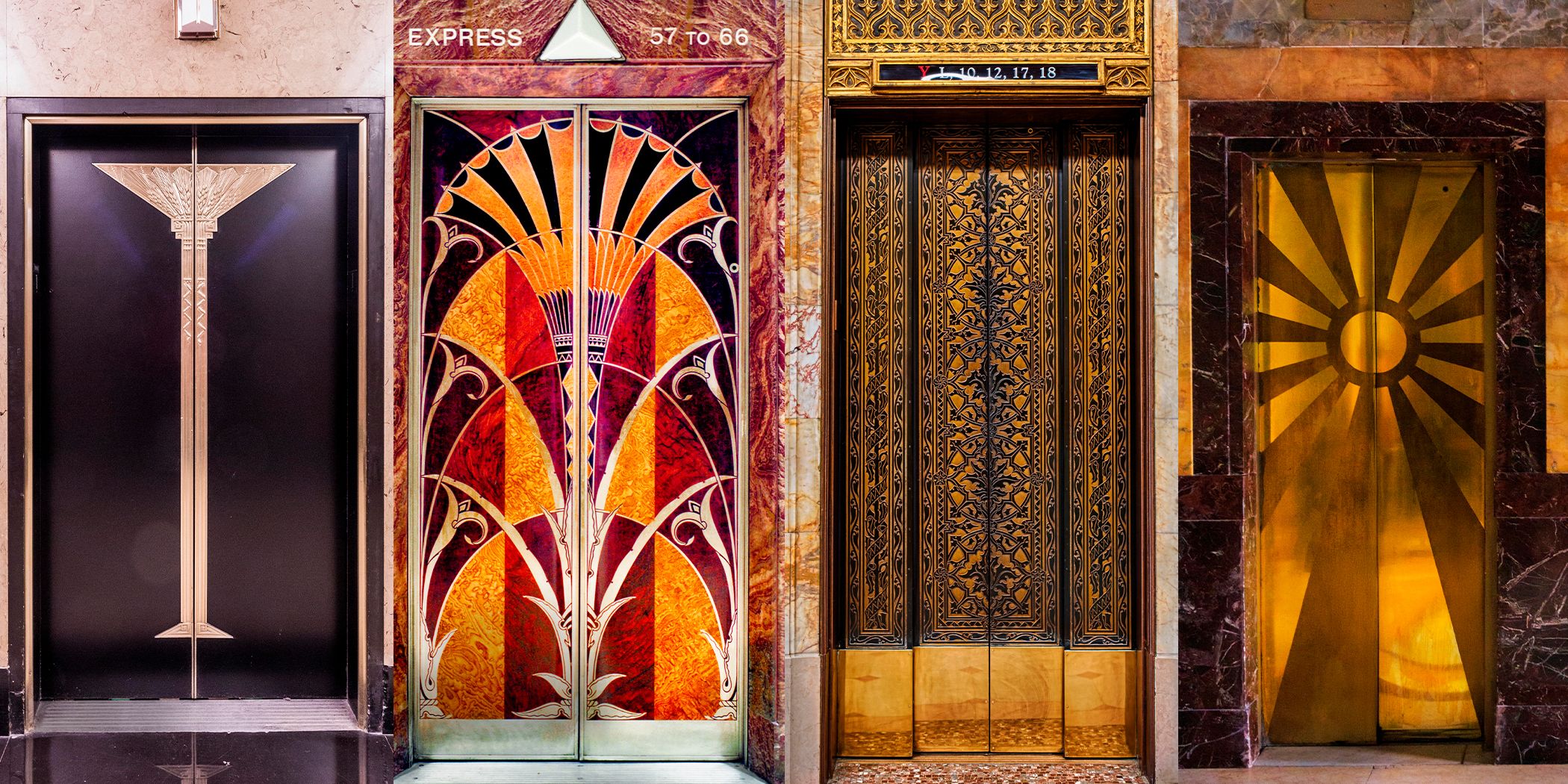In the case of commercial or multi-storey homes elevators aren’t only a method of vertical transportation. They’re now a fashion statement. As the trends in architecture shift to modern minimalism elegant luxury, timeless style, and personalized areas, elevator designs are becoming more sophisticated and blending functionality with aesthetics. When you’re building an ultramodern house, renovating your workspace, or creating for luxurious apartments, elevators can add a sense of style to the space and not only be functional.
Modern elevators for residential use, specifically have become more sophisticated, delivering smooth performance, while also adding to the interior design of a home. As homeowners seek style and comfort These systems are now used as design centers that express their personal style and increase the impact of the room.
Table of Contents
Design-Led Elevators’ Ascent
In the past, elevator design has always been a focus on safety and efficiency. While these elements remain critical, aesthetics have stepped into the spotlight–especially in boutique residential and high-end commercial projects. Designers and architects are using elevators in the narrative of design and using them to improve the visual flow, aid in branding or emphasize the architectural theme.
Key design considerations include:
- Materials used in cabins: From wood panels and brushed metals, to glass walls and mirror surfaces elevator interiors are able to be customized to match the finishes of the surrounding areas.
- Lighting Ambient LED lighting with pendant lights that feature or concealed light strips enhance the look while increasing visibility and safety.
- Doors and entrances Door finishes that are custom-designed flush mounting, as well as an seamless integration of walls could make elevators appear as if they are an extension of the style.
Adapting Elevators to Different Interior Designs
No matter the aesthetic–be it coastal chic, modern industrial, Art Deco, or Hamptons-inspired–there’s an elevator design to suit. Examples:
- The minimalist houses benefit from frames-free glass shafts as well as monochrome shades.
- Traditional buildings typically use brass details, trims with decorative designs and timber components to preserve their character.
- Luxury developments could include glossy finishes with high gloss, touch panels and panoramic views through glass walls.
In residential settings the importance of personalisation is paramount. Modern residential elevators have the option of customised cabin sizes floor options, flooring choices, and operating panels, which allows elevators to effortlessly blend into the interior of your home.
Practical Features Without Sacrificing Style
Fashion shouldn’t come at the expense of security or efficiency. Today’s elevator systems are a blend of modern engineering and elegant design.
- Lifts that are space-saving can be placed in small footprints with no overhead requirements.
- Silent operation technology makes sure that the elevator operates efficiently and quietly, while preserving the peace.
- Regenerative drives are used in energy-efficient models and smart standby mode without making any compromises on design.
These benefits of functionality are concealed by thoughtful design choices so that you’ll get the most effective combination of the two.
Elevators as a Visual Statement
In the case of luxury homes elevators are no longer a place to hide, but something that you can show off. A glass elevator that is placed centrally within an open-plan living area can make a stunning architectural design (and when paired with a floating staircase, or placed in a sculptural shaft it is a great conversation piece). Design-forward clients are even using elevators as a branding element in commercial spaces–incorporating logos, colour palettes, or bespoke finishes that reflect their corporate identity.
Elevators that combine design and functionality are rapidly becoming the standard rather than a rare concept.
Through materials, lighting and finishes or the layout your elevator’s design can showcase your design aesthetic and provide security, comfort, or security. Therefore, if you’re planning the renovation or building of your own do not treat the elevator as a secondary consideration… by taking the proper strategy, it could become an extremely impressive and seamless features of your home.

